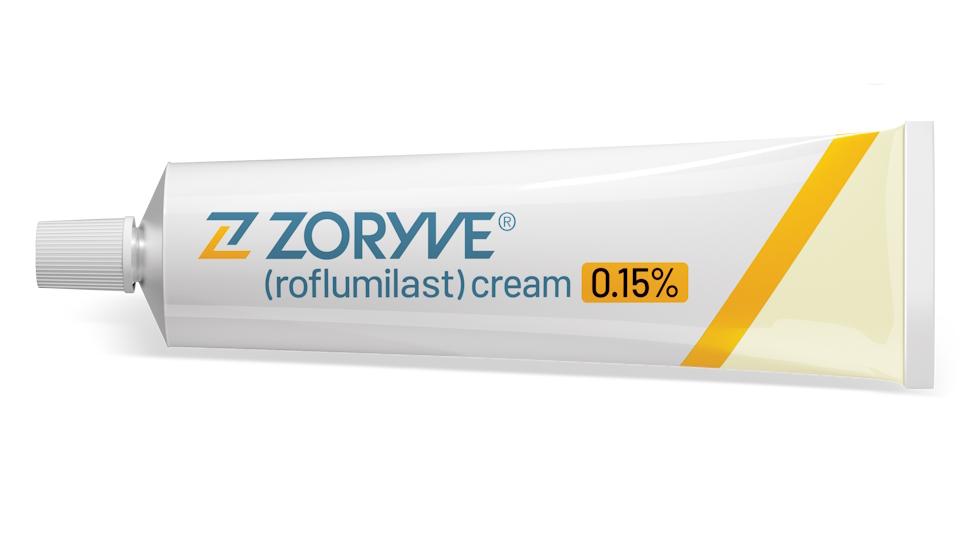After FDA delay, Arcutis gets Zoryve OK in atopic dermatitis

After a couple of days filled with investor nervousness, Arcutis Biotherapeutics has claimed FDA approval of Zoryve for the new indication of atopic dermatitis (AD), a common form of eczema.
The FDA had been due to give its verdict on the Zoryve (roflumilast) for the new use on the 7th of this month, but the date came and went. In an unusual attempt to quell shareholder jitters, Arcutis issued a statement yesterday saying there had been no request for new information and it was expecting a letter from the regulator soon.
Later on in the day, confirmation finally came in – Zoryve had been approved as a new, once-daily treatment for mild to moderate atopic dermatitis in adults and children six years of age and older, adding to its earlier indications in plaque psoriasis and another form of eczema called seborrheic dermatitis that mainly affects the scalp. There’s no indication why the delay took place.
The topical phosphodiesterase 4 inhibitor has been cleared on the back of phase 3 data showing that 91.5% of patients treated for atopic dermatitis experienced a measurable improvement in Eczema Area and Severity Index (EASI) after four weeks.
The drug offers a new option for patients that can be used anywhere on the body – unlike corticosteroids that cannot be used on the face – with a once-daily application. It can also be used for any duration, also unlike steroids, which are known to cause skin thinning with protracted use.
The phase 3 INTEGUMENT programme also found that the drug achieved a significant reduction in itch, the most bothersome symptom of atopic dermatitis, with 69% of patients demonstrating a clinically meaningful improvement at four weeks and some seeing relief within 24 hours.
“Topical steroids have been the foundation of treatment for atopic dermatitis for the past 50 years,” said Lawrence Eichenfield of UC San Diego School of Medicine, an INTEGUMENT study investigator. “Having a new and effective steroid-free option, without some of the risks associated with topical and systemic steroids, is a welcome advancement for dermatologists, patients, and caregivers.”
Approval in atopic dermatitis could unlock additional sales momentum for Zoryve, which is available in a 0.3% cream for psoriasis and a 0.3% topical foam for seborrheic dermatitis.
Those formulations generated around $22m in the first quarter of this year, showing an advance on the $60 million booked last year, but atopic dermatitis is much more common, affecting 9.6 million children and 16.5 million adults in the US alone.
It is facing competition in the category from non-steroid drugs like Incyte’s JAK inhibitor Opzelura (ruxolitinib), approved for atopic dermatitis in 2021, although, that requires twice-daily dosing and has a more restrictive label covering short-term and non-continuous chronic treatment of adults and children aged 12 and over. It made sales of just over $100 million last year across atopic dermatitis and its second indication vitiligo.
Other potential rivals include Dermavant’s TAMA drug Vtama (tapinarof), already approved for psoriasis and heading for an FDA decision in patients aged two and over with atopic dermatitis later this year, and Leo Pharma’s JAK drug delgocitinib, which is approved in Japan for atopic dermatitis and has been filed for approval in chronic hand eczema in the US and Europe.












